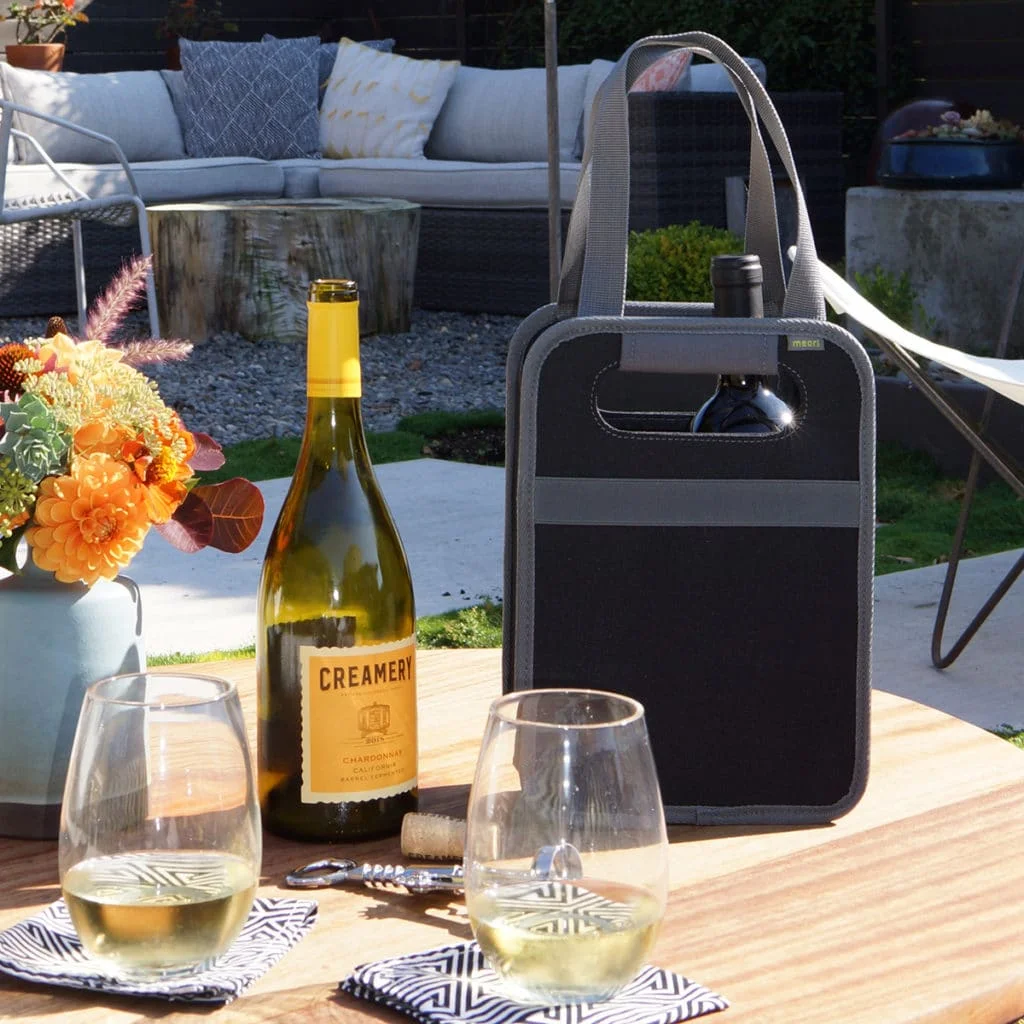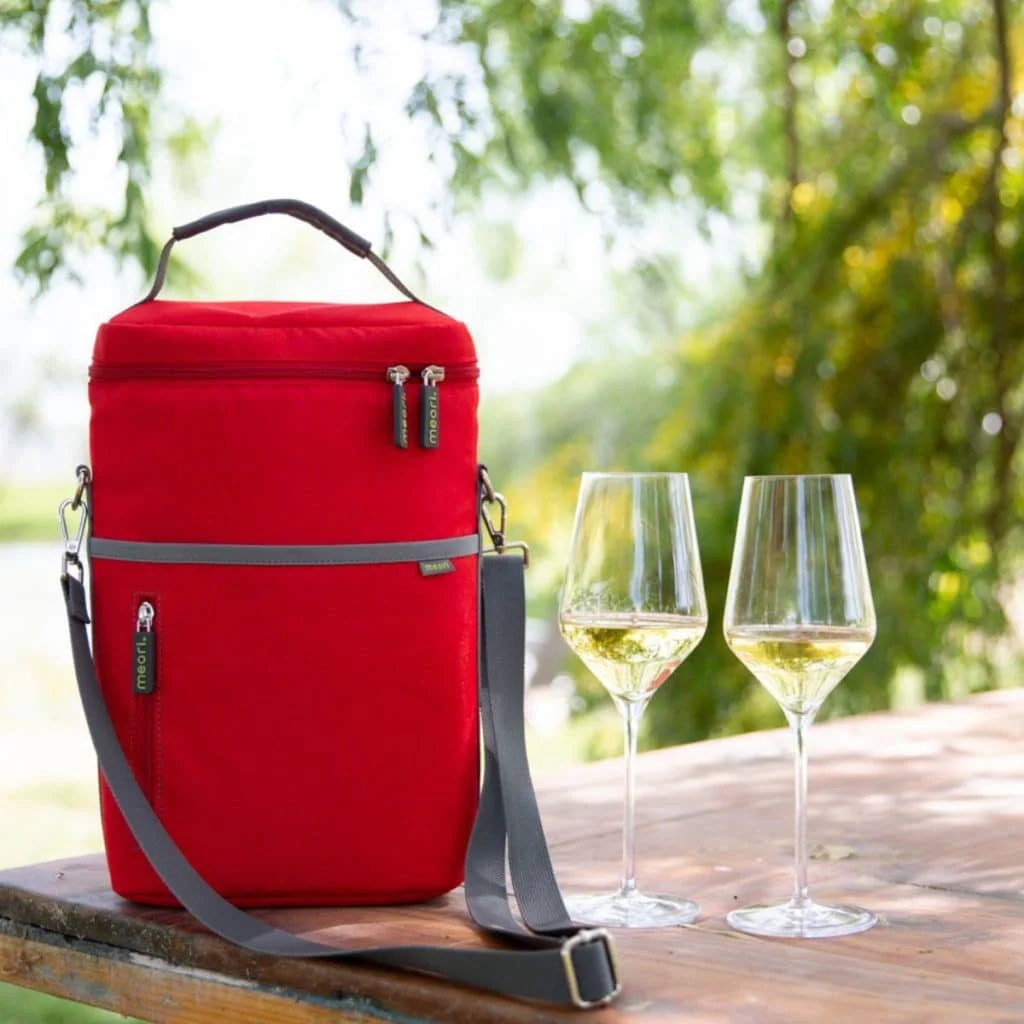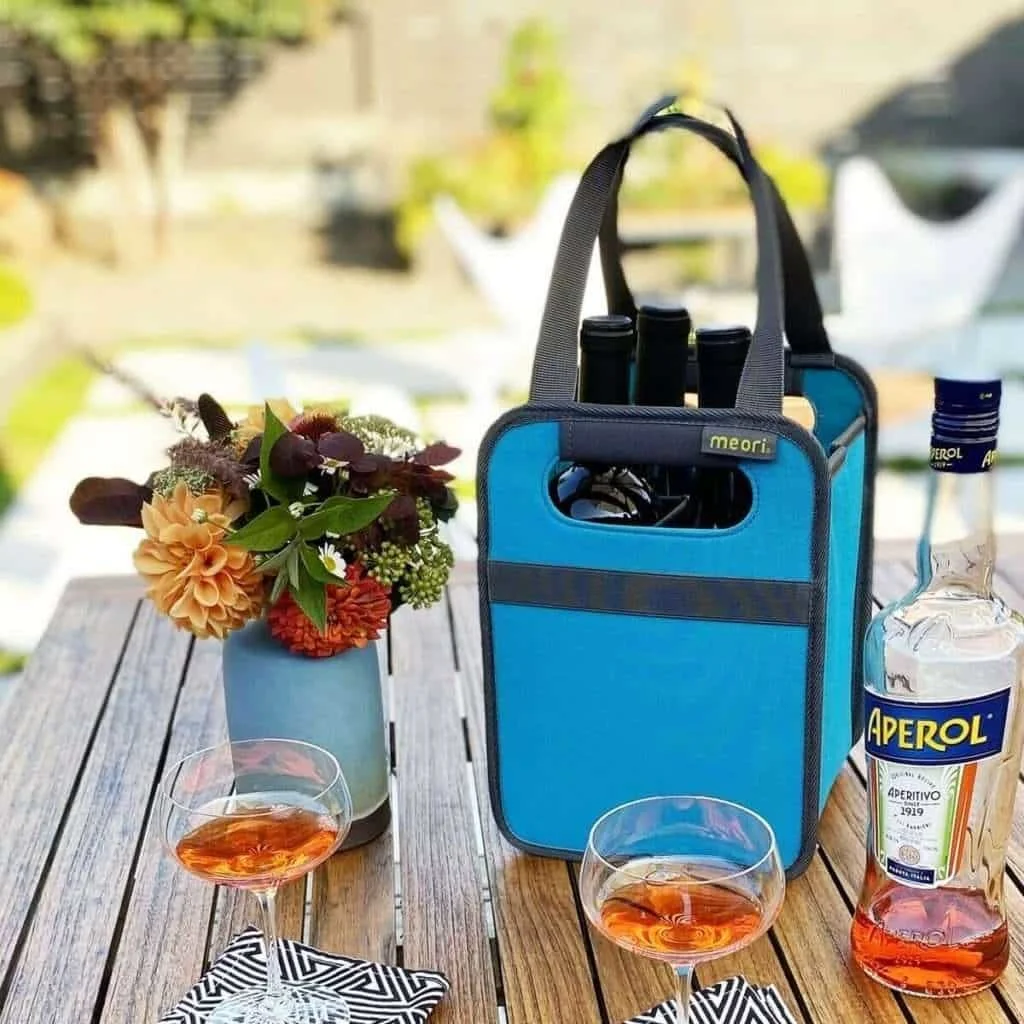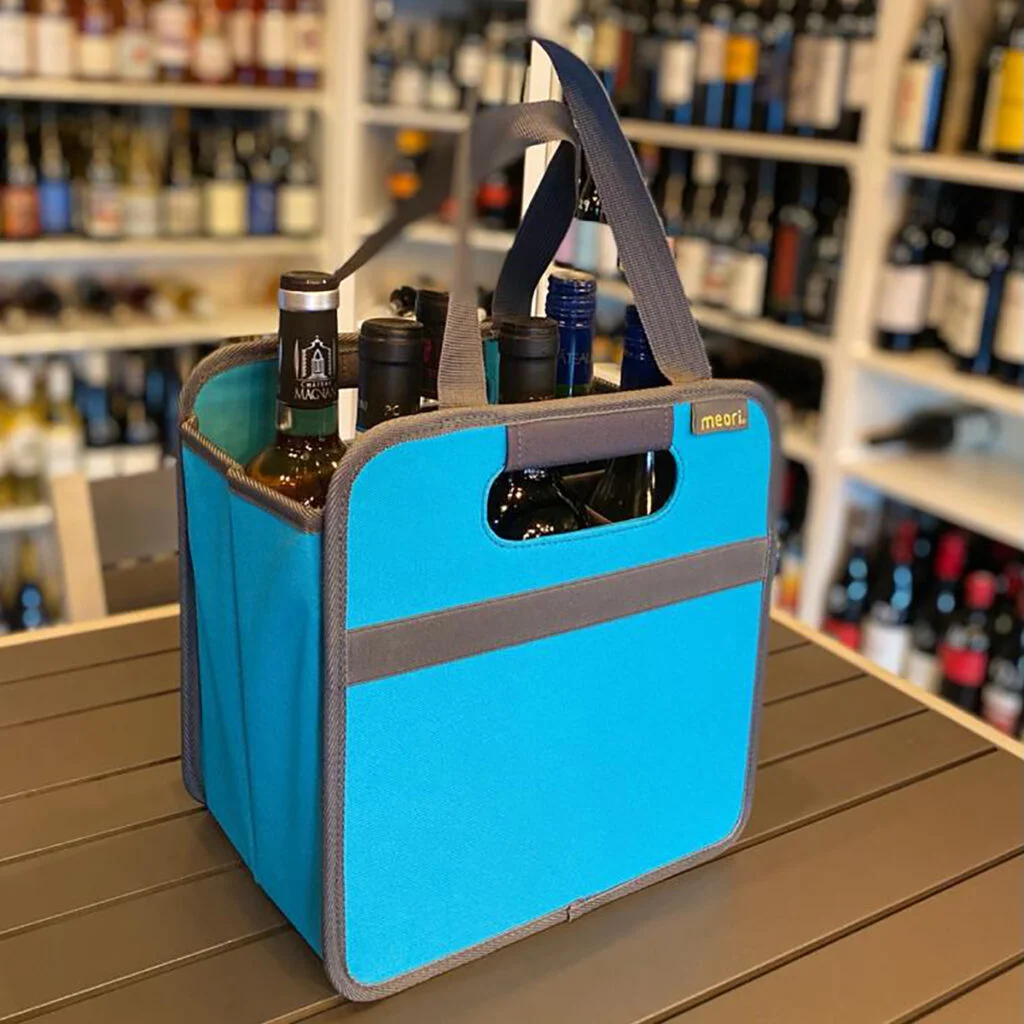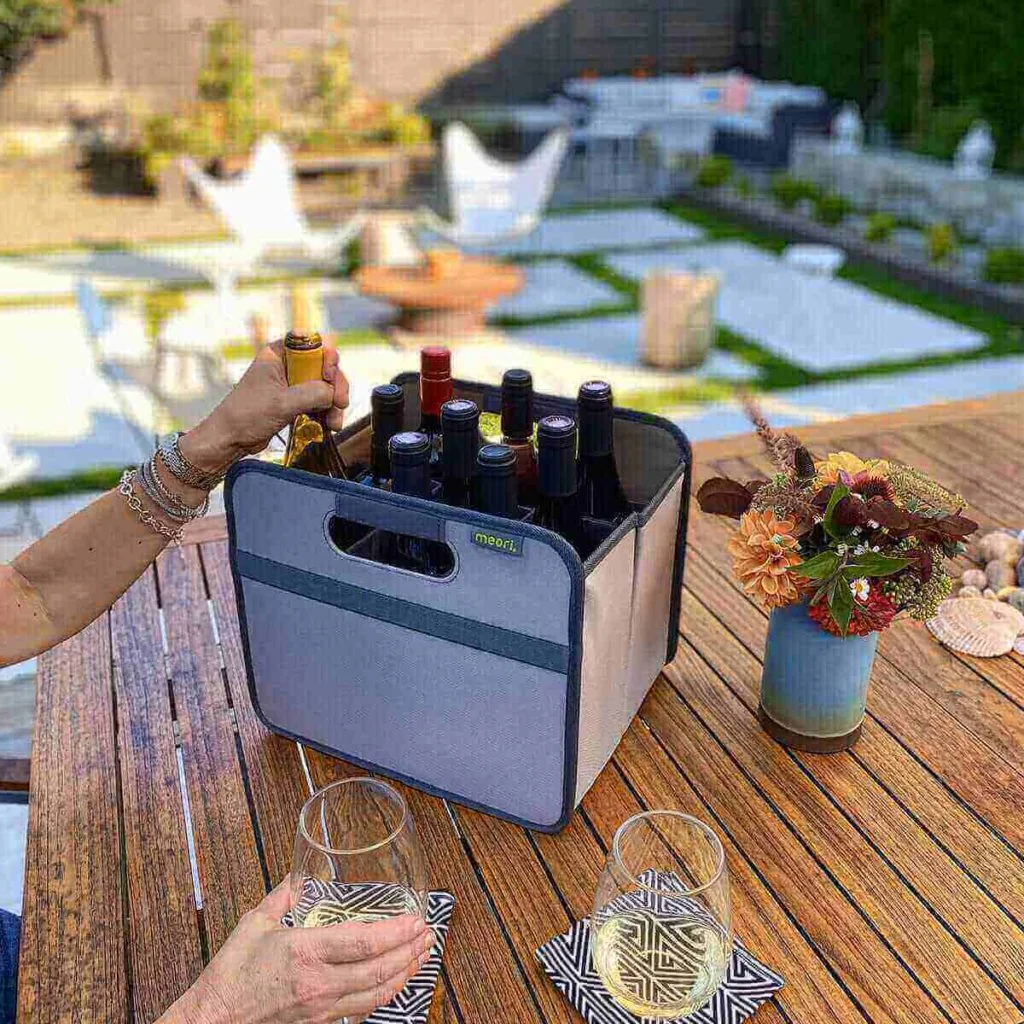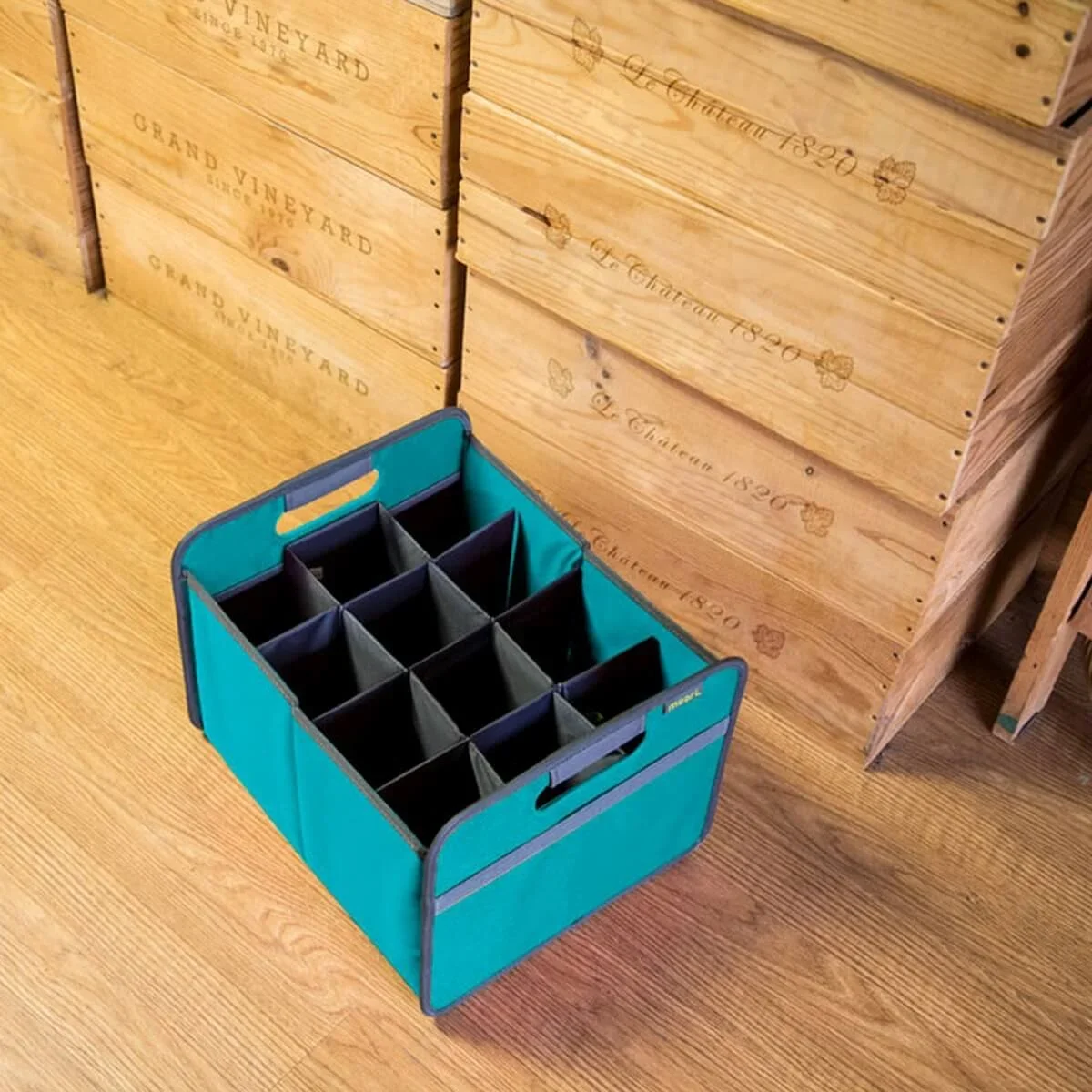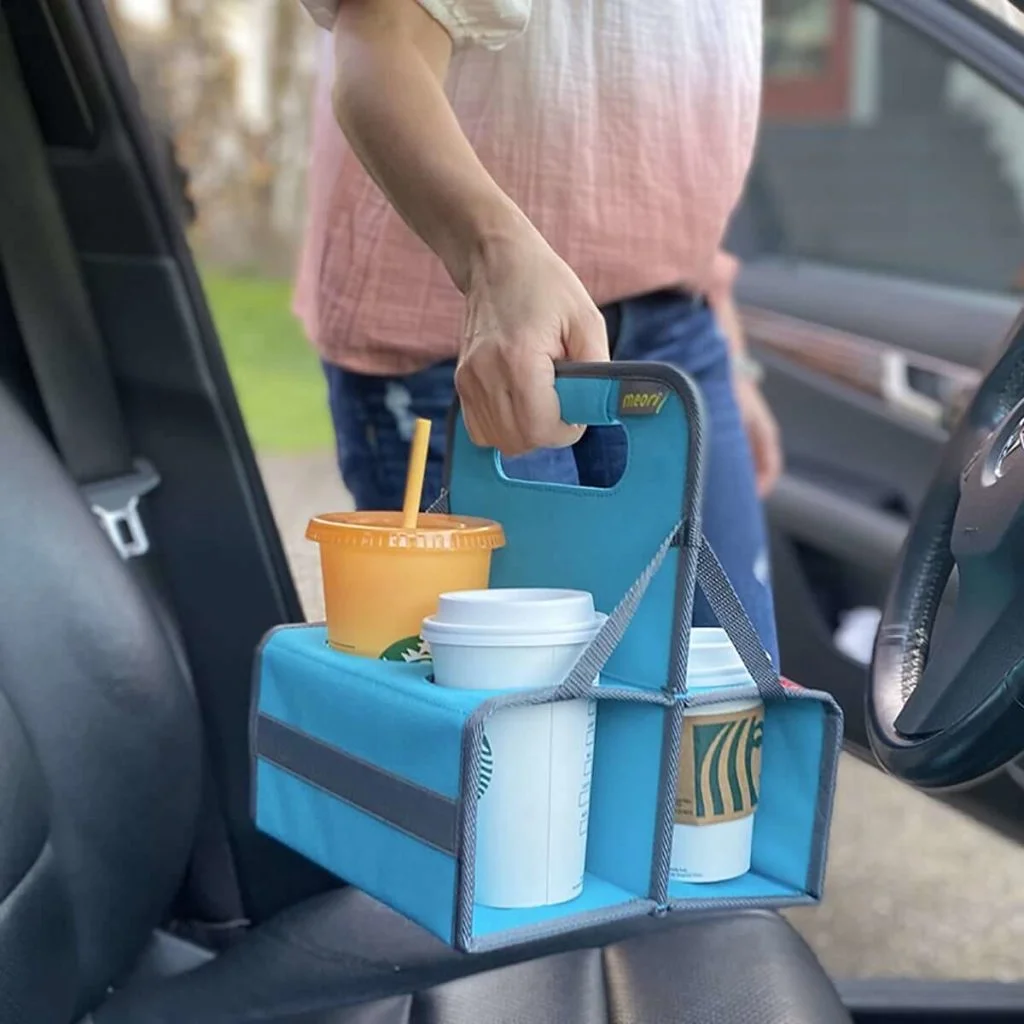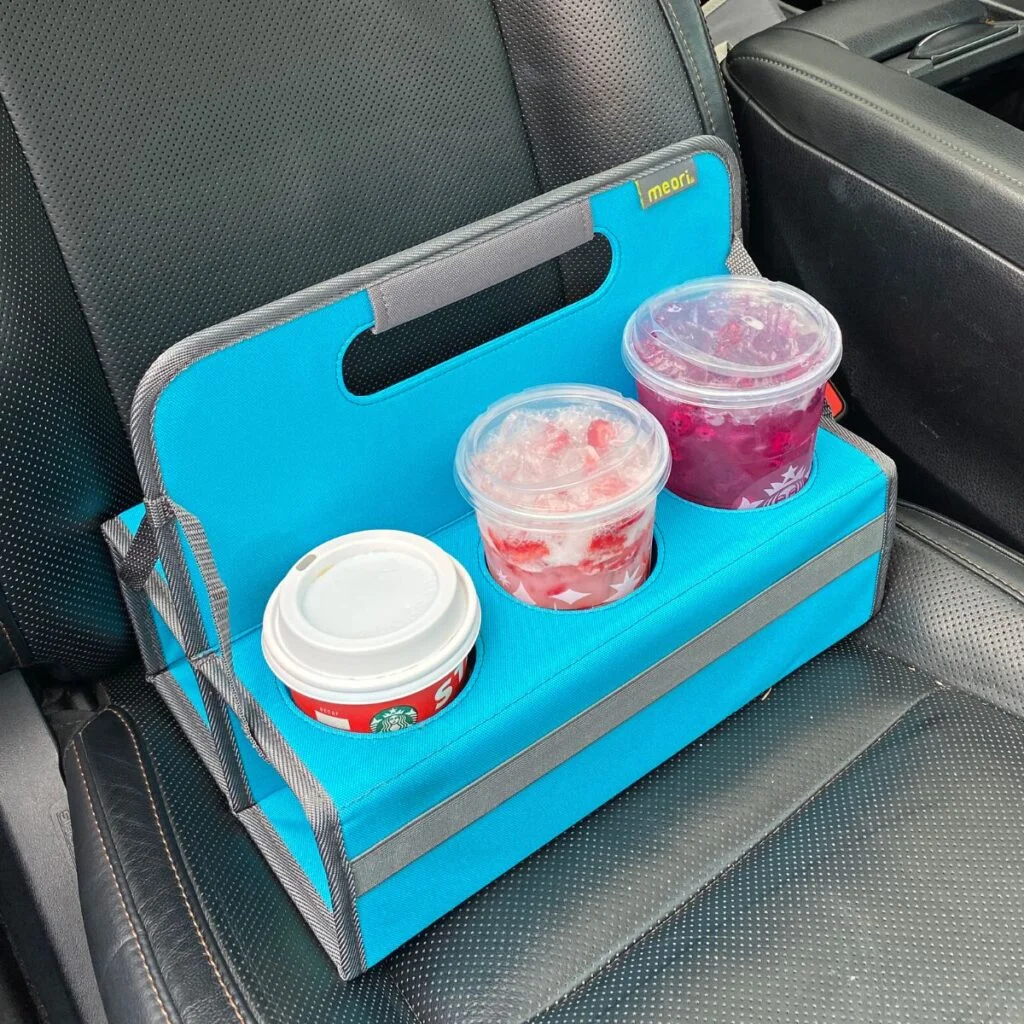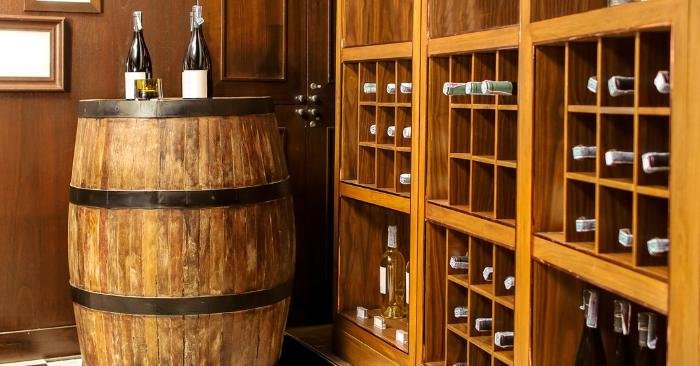Do you consider yourself a wine connoisseur? Whether you’re a seasoned collector or just starting out, you know that wine is more than just a drink. It’s an experience, a conversation starter, and even a status symbol. But what happens when you bring that coveted bottle home? Do you know how to properly store it for optimal flavor and longevity? The surprising truth is that many wine lovers don’t. That’s why we’ve compiled some of our thoughts on how to store wine at home that may surprise you. From temperature to wine refrigerators, we’ll cover it all.
The Right Temperature
One of the most crucial factors that affect wine storage is temperature. If you’re serious about preserving the quality of your wine, you need to pay attention to it. The ideal temperature range for wine storage is between 45-65°F. Anything outside of this range can cause chemical reactions that can damage the wine.
It’s important to note that fluctuations in temperature are just as harmful as a constant high temperature. Therefore, it’s best to avoid storing your wine in areas that are exposed to extreme temperature changes, such as near a window or in a garage. If you’re storing your wine in a room that’s prone to temperature changes, consider installing a wine cellar cooling unit.
Remember that different types of wine have different temperature requirements. For instance, red wine is best stored at a slightly higher temperature than white wine. Keep this in mind when deciding on a storage temperature. Another important thing to keep in mind is the serving temperature. Ideally, you should serve red wines slightly below room temperature and white wines slightly above.
Light and Humidity Levels for Storing Wine
In addition to keeping wine at the recommended temperature, it’s also important to consider the effect of light and humidity levels on your wine. Exposure to light can cause wine to oxidize and deteriorate, leading to an unpleasant taste. As a result, it’s essential to store your wine in a dark place or a wine cooler with UV protection.
Humidity levels are also a crucial factor to consider when storing wine. High levels of humidity can lead to mold growth on the corks, while low levels can cause the cork to dry out, leading to air leaks. The ideal humidity level for wine storage is around 70%, which ensures the cork stays moist and doesn’t allow air to seep into the bottle.
Position of the Wine Bottles
When it comes to storing wine at home, the position of your wine bottles is just as important as temperature, light, and humidity. The way you store your wine bottles can affect the speed at which they age and impact their overall quality. One crucial tip to remember is to always store your wine bottles horizontally. This is because it keeps the wine in constant contact with the cork, preventing it from drying out and letting air seep into the bottle.
Additionally, it’s essential to avoid disturbing the wine bottles too much. Moving them around or shaking them can disrupt the wine’s sediment and disturb its aging process. It’s also recommended to keep your wine bottles in a cool, dark place where they won’t be exposed to sunlight or fluctuating temperatures.
Now that we’ve covered the importance of proper wine bottle positioning, let’s move on to the type of containers you should be storing your wine in.
Should You Invest in a Wine Refrigerator
For many wine lovers, a wine refrigerator is a must-have item to preserve the flavor and quality of their favorite bottles. However, did you know that owning a wine refrigerator can offer a variety of unexpected benefits beyond just keeping your wine at the perfect temperature? For one, a wine refrigerator can store any kind of beverages at cool temperatures, freeing up space in your otherwise overstuffed normal refrigerator. Plus, a wine fridge can add a touch of elegance to your entertaining space, especially in the evening when they are lit up from the inside. Finally, many wine refrigerators have two compartments for controlling wine at different temperatures. This ensures that your white, rosé and red wines are all at the correct temperatures and ready to drink when you are ready to entertain.
How to Store Wine That is Open
Once you open a bottle of wine, it’s crucial to store it correctly to preserve its quality and taste. The first step is to re-cork the bottle tightly, ensuring that no air seeps in. If you don’t have the cork, place a small piece of plastic wrap over the top of the bottle and secure it with a rubber band.
After re-corking, store the opened wine in the fridge. Yes, even the red wine! The key is to keep the temperature cool and consistent, so it slows down the oxidation process. However, keep in mind that storing wine in the fridge for a long time can dry it out, so it’s best to consume it within a few days.
If you have leftover wine in a half-full bottle, transfer it to a smaller container, such as a Mason jar. This reduces the amount of air contact and helps preserve the wine’s quality.
When you’re ready to drink the wine again, remove it from the fridge and let it come to room temperature before serving. This helps the wine’s aromas and flavors fully develop.
Transporting Wine in Your Car
When you’re a wine enthusiast, there’s nothing more exciting than bringing home a few bottles of your favorite red or white. But what about when you’re taking your wine on the go? Transporting wine in your car can be tricky, but there are a few things you can do to make sure your bottles arrive safely.
First and foremost, it’s important to keep your wine bottles upright during transport. Make sure to also avoid any sudden movements or stops that could cause the bottles to jostle around and break. Most importantly, invest in a padded, reusable wine carrier so that your bottles stay safe and don’t rattle or roll around in the car.

If you’re transporting your wine in a hot or cold climate, take precautions to keep the temperature regulated. You can use insulated bags or specialized wine carrying cases to keep your bottles at a consistent temperature or wrap them in towels or blankets to cushion them and prevent temperature fluctuations.
Another helpful tip is to avoid transporting wine in your car for long periods of time, especially if it will be exposed to direct sunlight. If your journey is going to take more than a few hours, it may be better to consider shipping your wine instead or bringing an ice-packed cooler to keep it chilled.
Storing wine at home isn’t rocket science and you shouldn’t be intimidated by it. By controlling some or all of the variables like temperature, light, humidity, and storage containers, you can preserve the taste and aroma of your wine for years to come. Whether you’re an avid collector or just starting out, these tips will help you care for your wine collection with confidence. As wine enthusiast Julia Child once said, “In wine, there’s truth.” With these tips, your wine will be ready to drink and savor whenever the occasion calls.
Need more tips for organizing your life and home? Read the meori Blog, Organize Life and discover eco-friendly ways to get more out of life. Looking for high quality storage solutions? meori.com can help you find eco-friendly organizers for home and on-the-go.

